A bracelet that has everything I need inside.
- WiFi/BT/FM/IR/UART/GSM/RFID comms
- Pi camera accessible for filming
- USB ports
- Powered by 18650 cells
- Accelerometer, gyroscope, compass, WS2812
- Pi GPIO header accessible
- Interfacing done using #pyLCI
Why?
- Managing my life by using various apps that I'm going to write
- Hacking things
- Confusing people and making them freak out
- Hacker cred
- It's fucking huge and awesome.
Parts and their current status:
- Main module - Raspberry Pi & some necessities (done)
- Display module (done)
- Power control, GPIO&RFID module (done)
- Communication module (done)
- 18650 holders (done)
- Glove input device: TBD
- Software: TBD
Project logs:
 Arya
Arya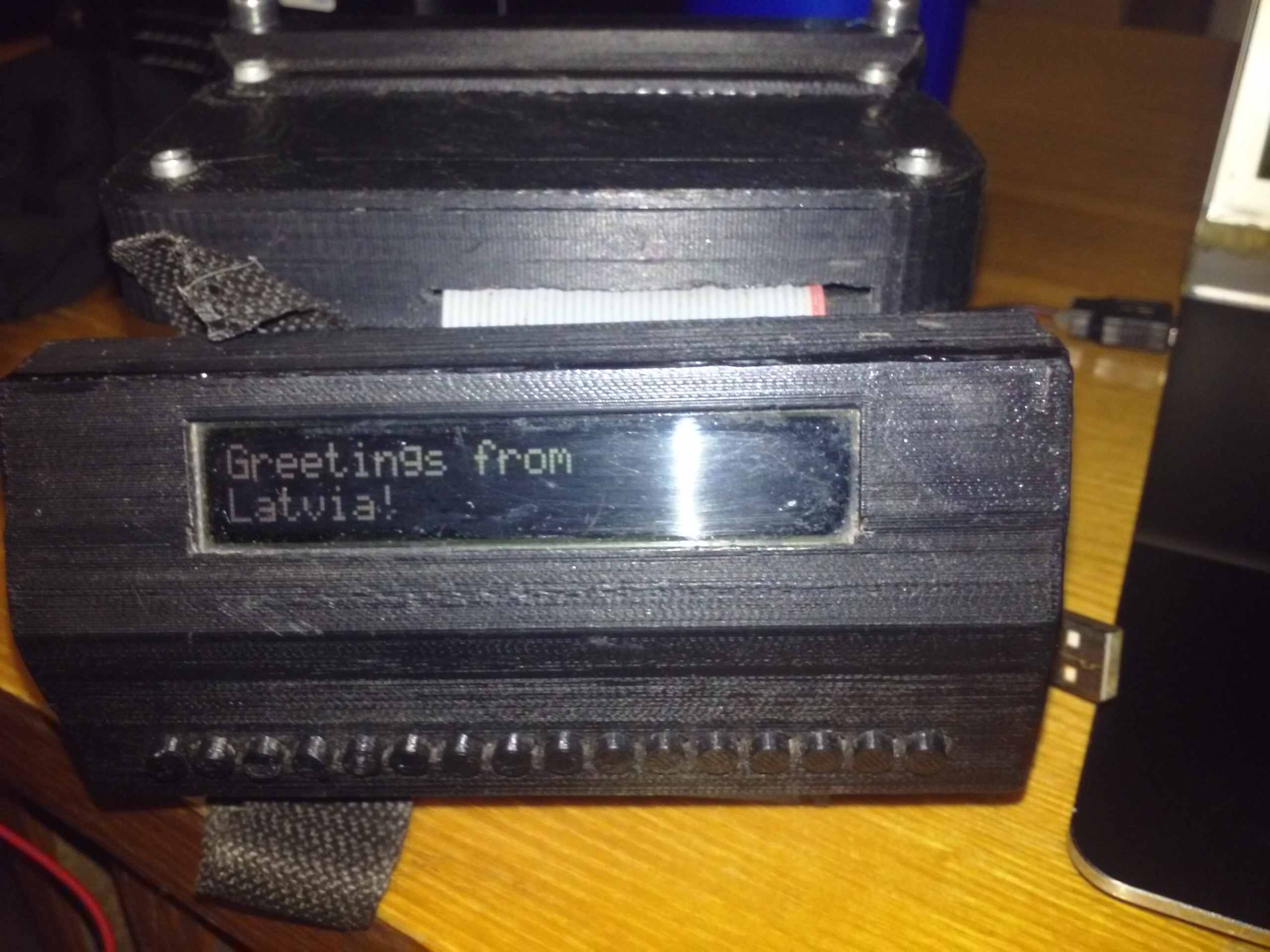 Issues and/or solutions so far:
Issues and/or solutions so far: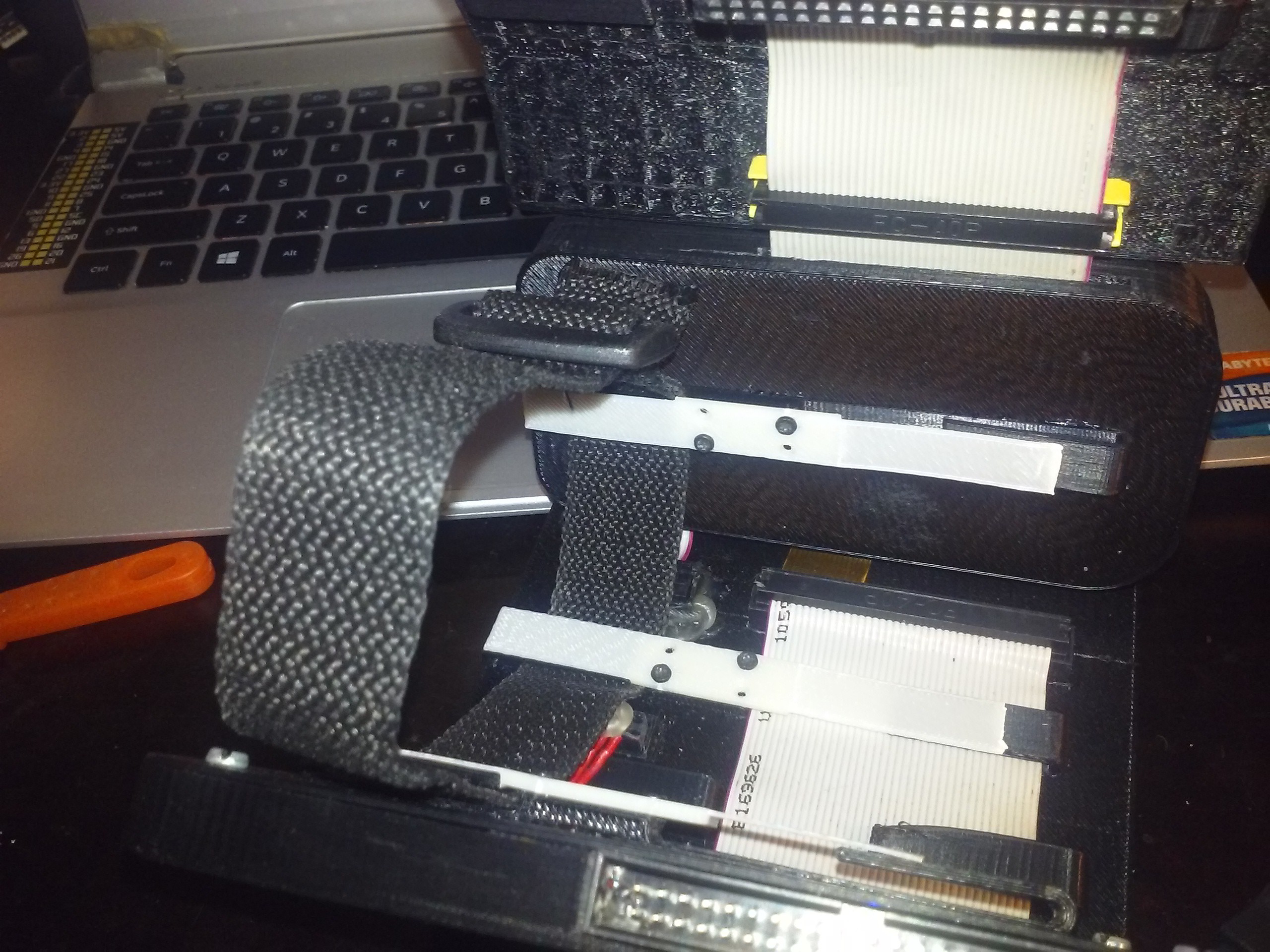
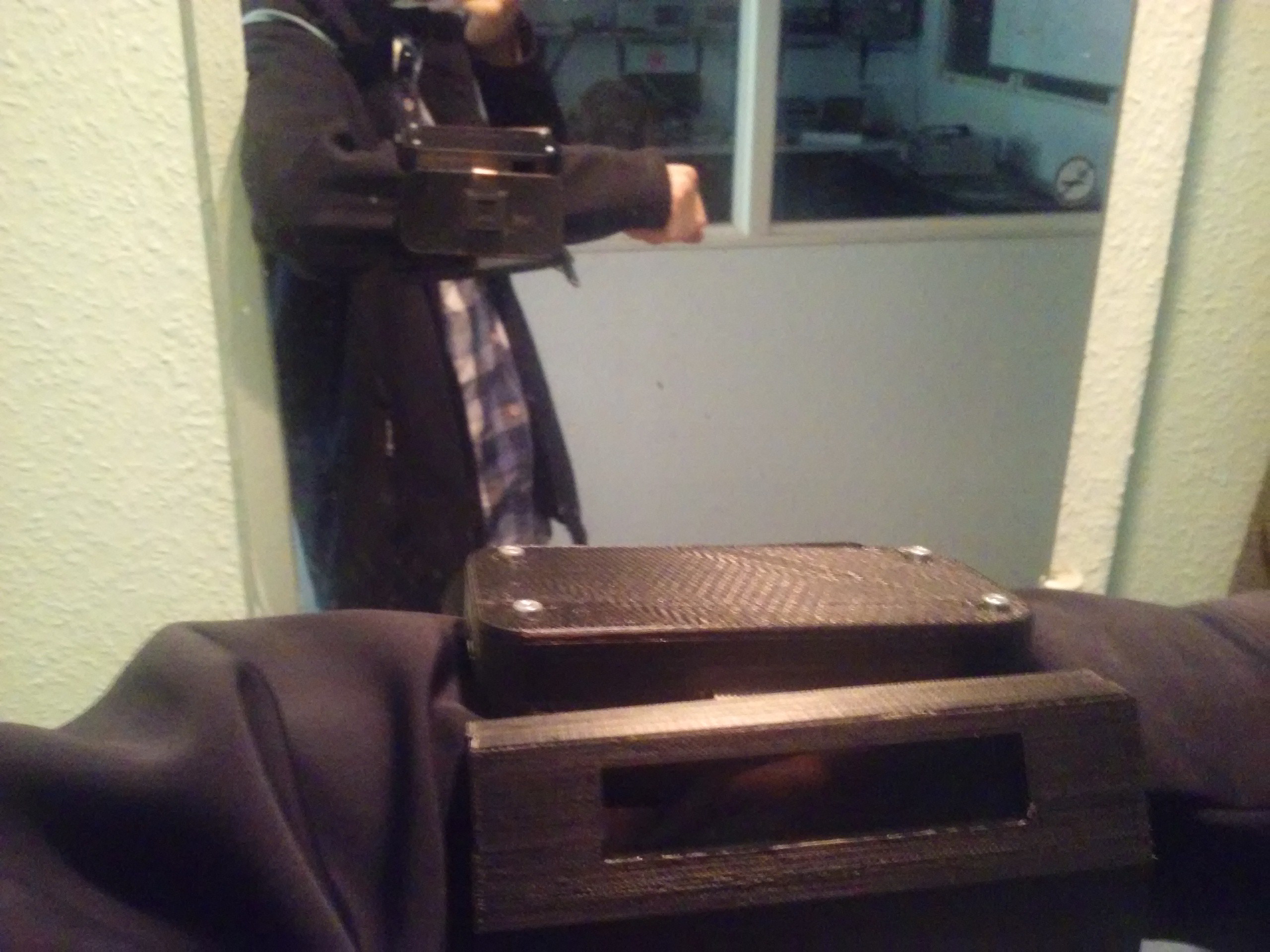
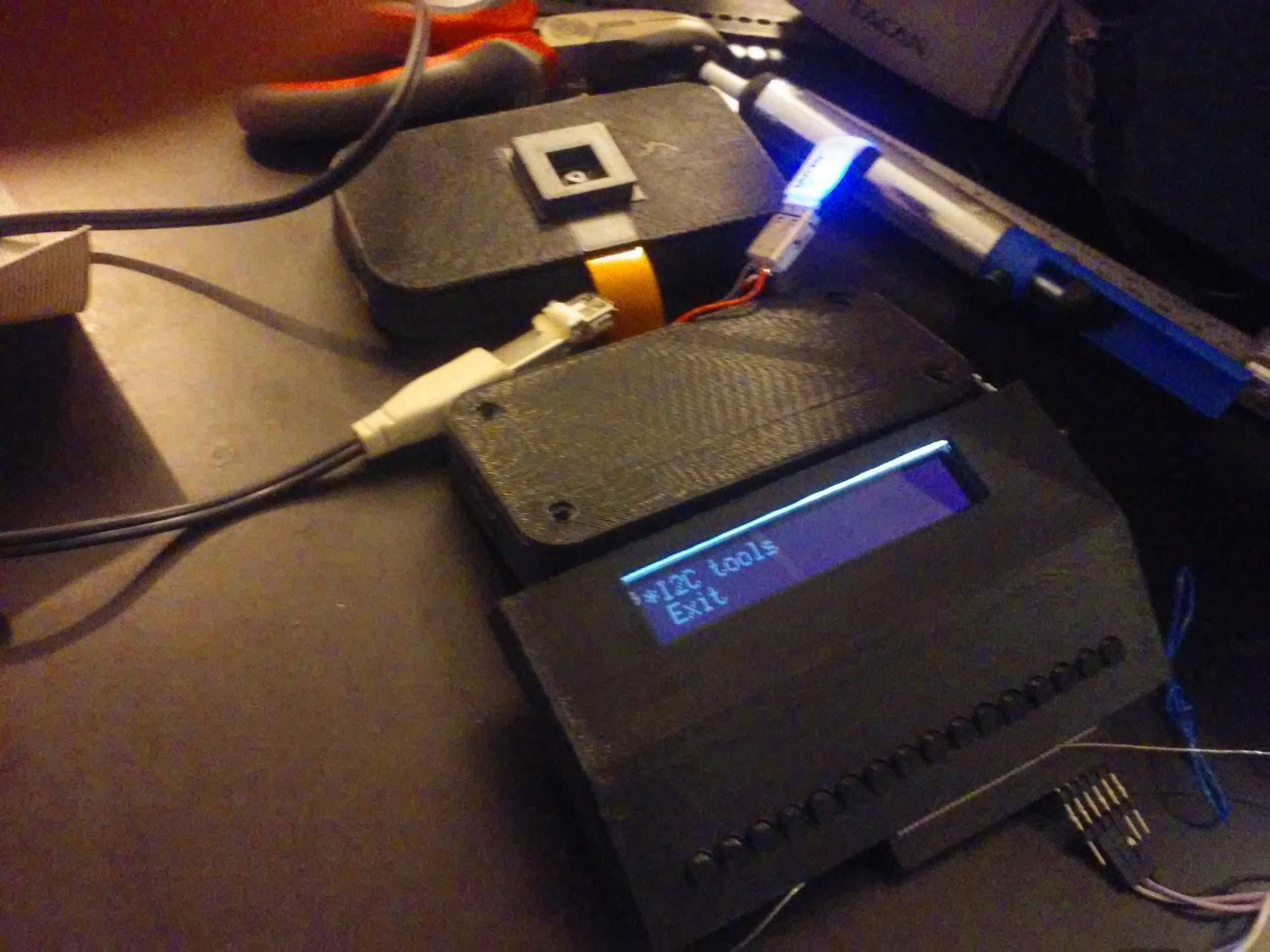
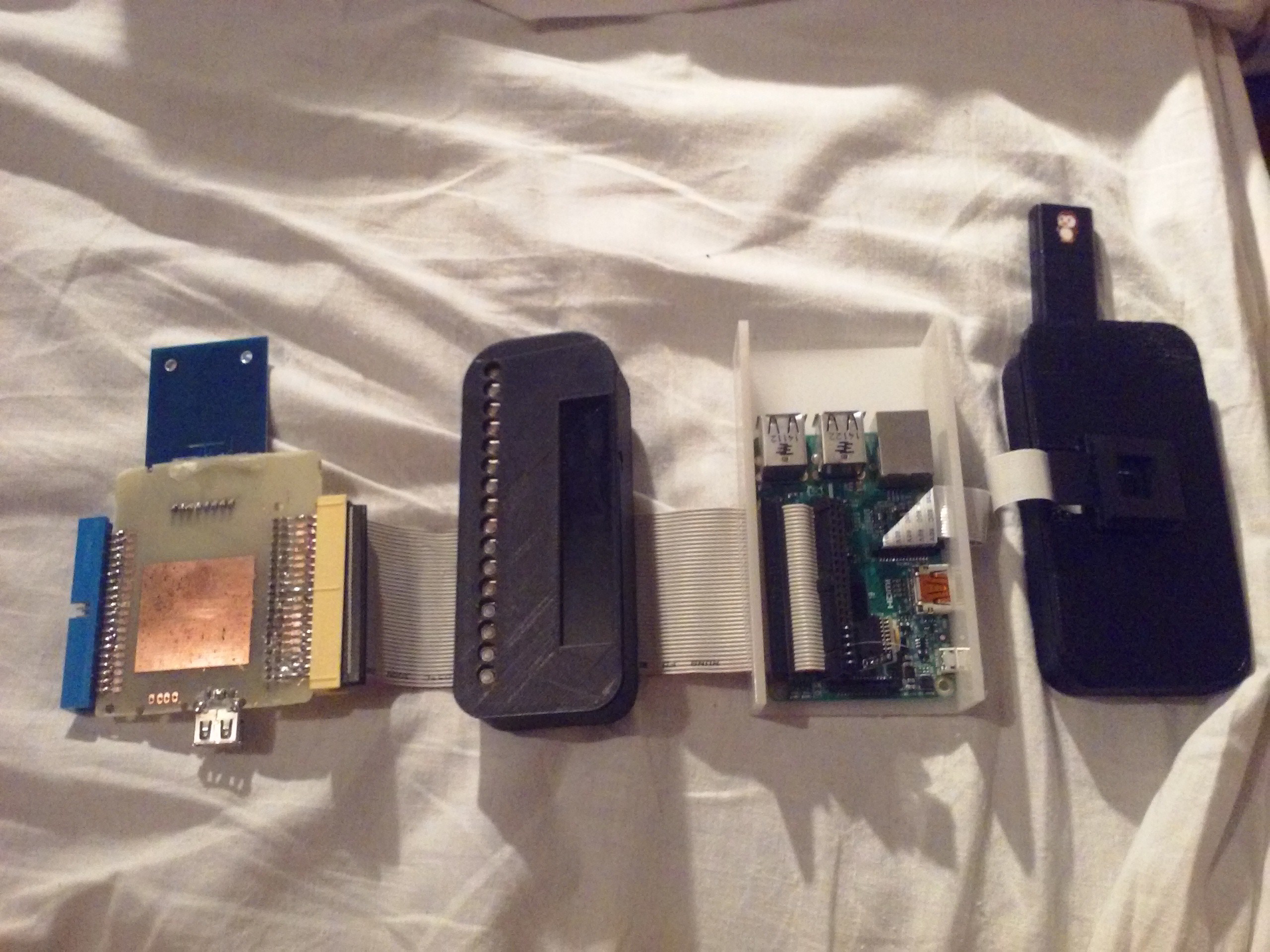
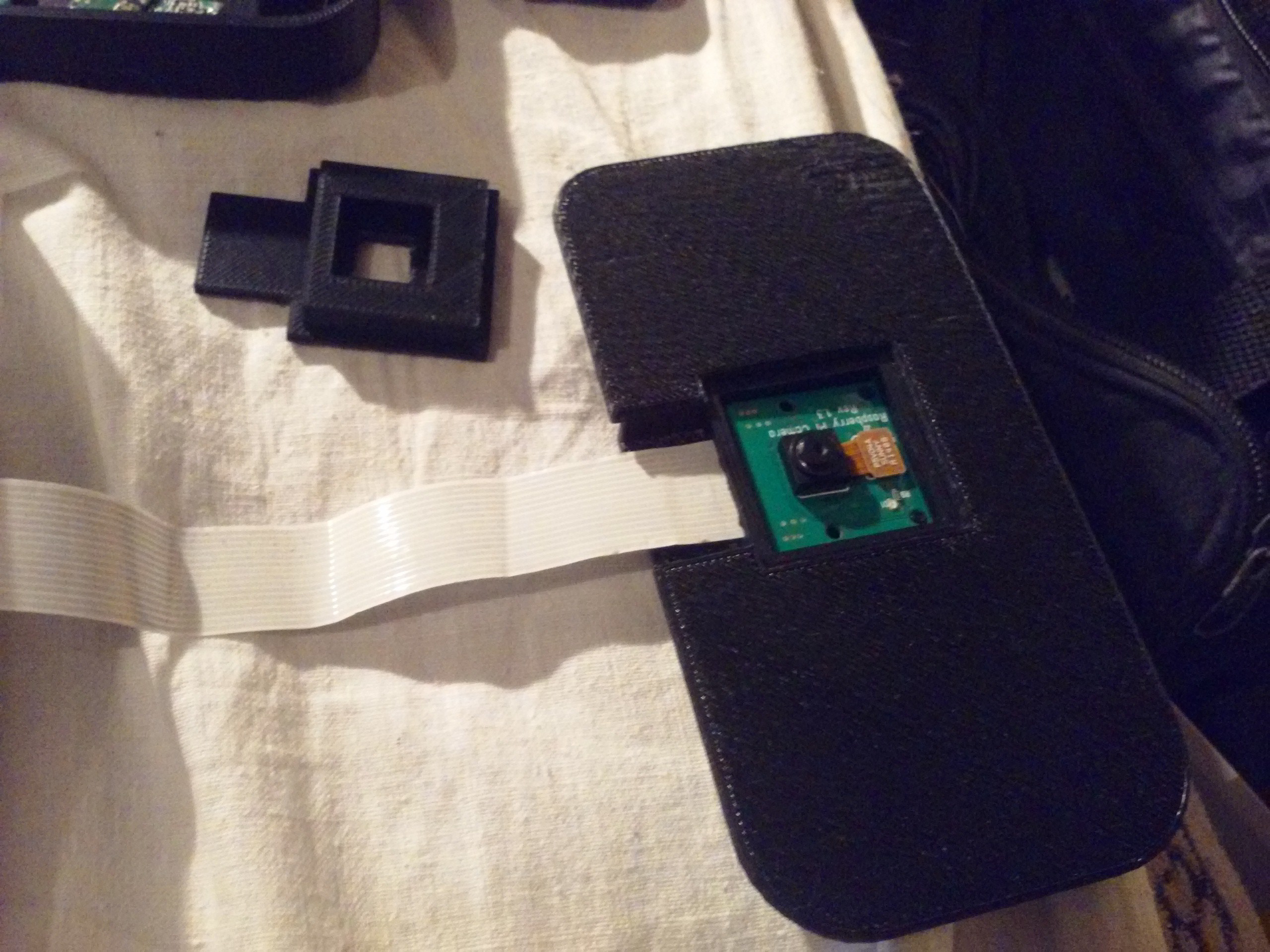
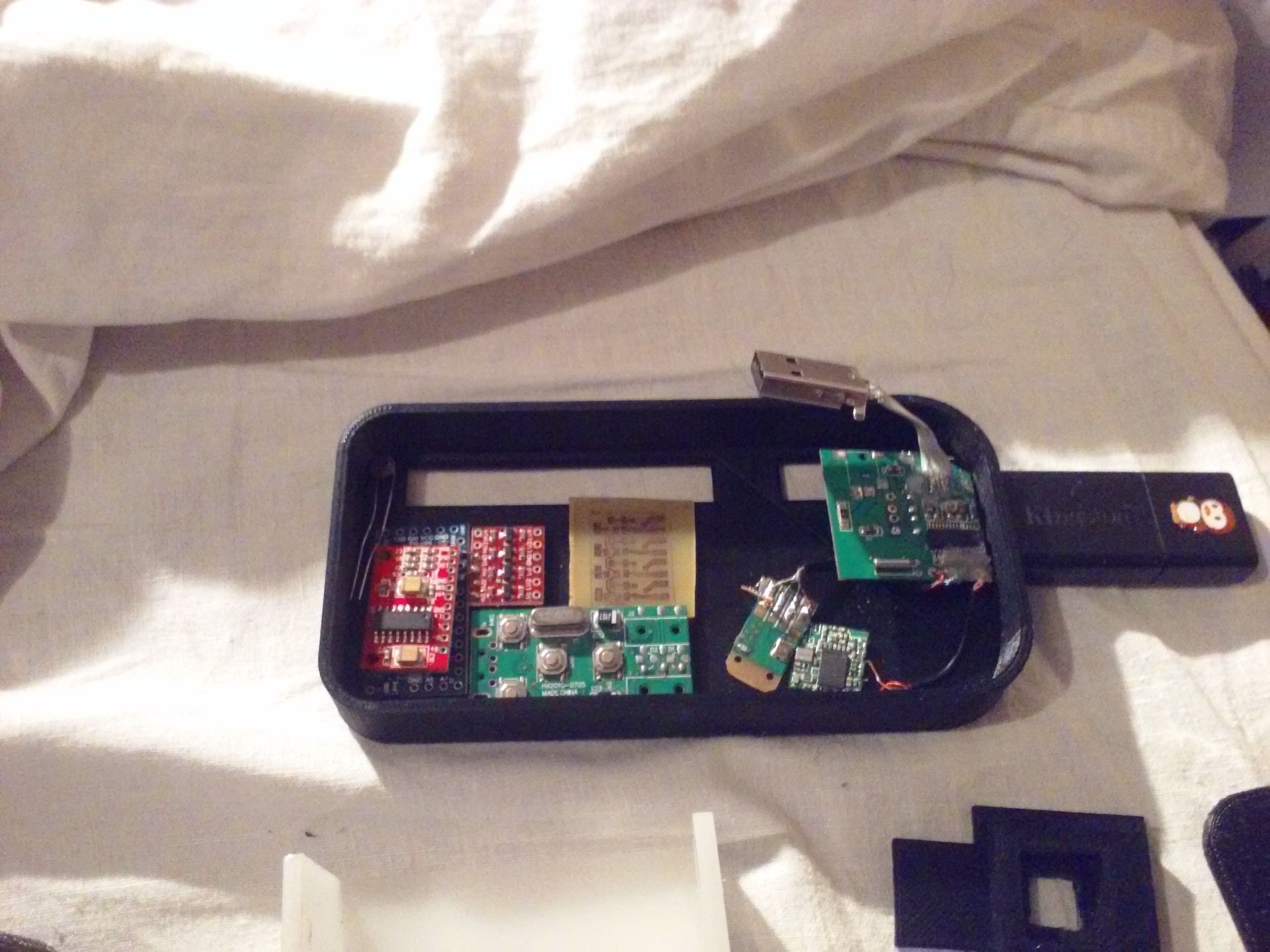
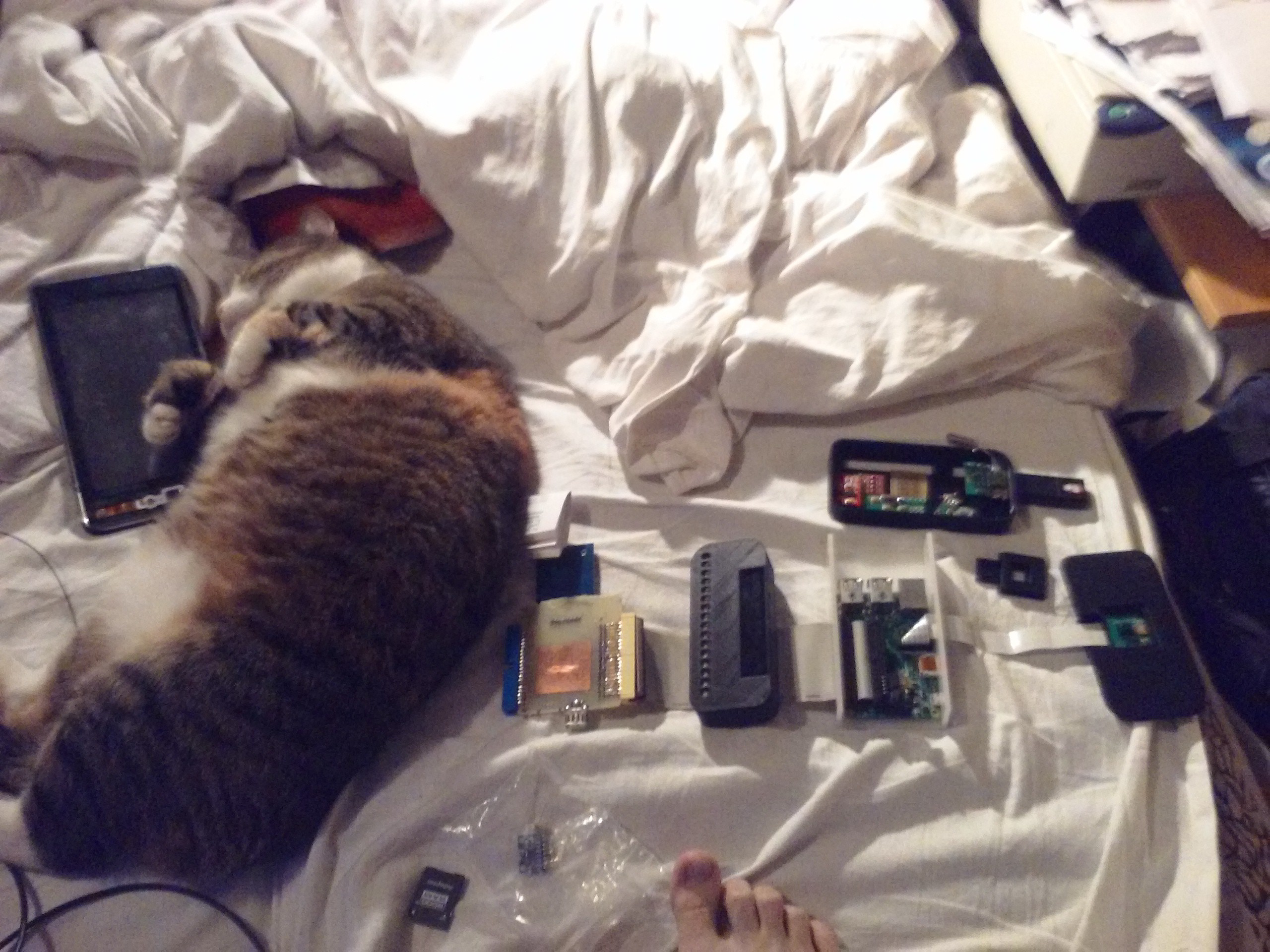
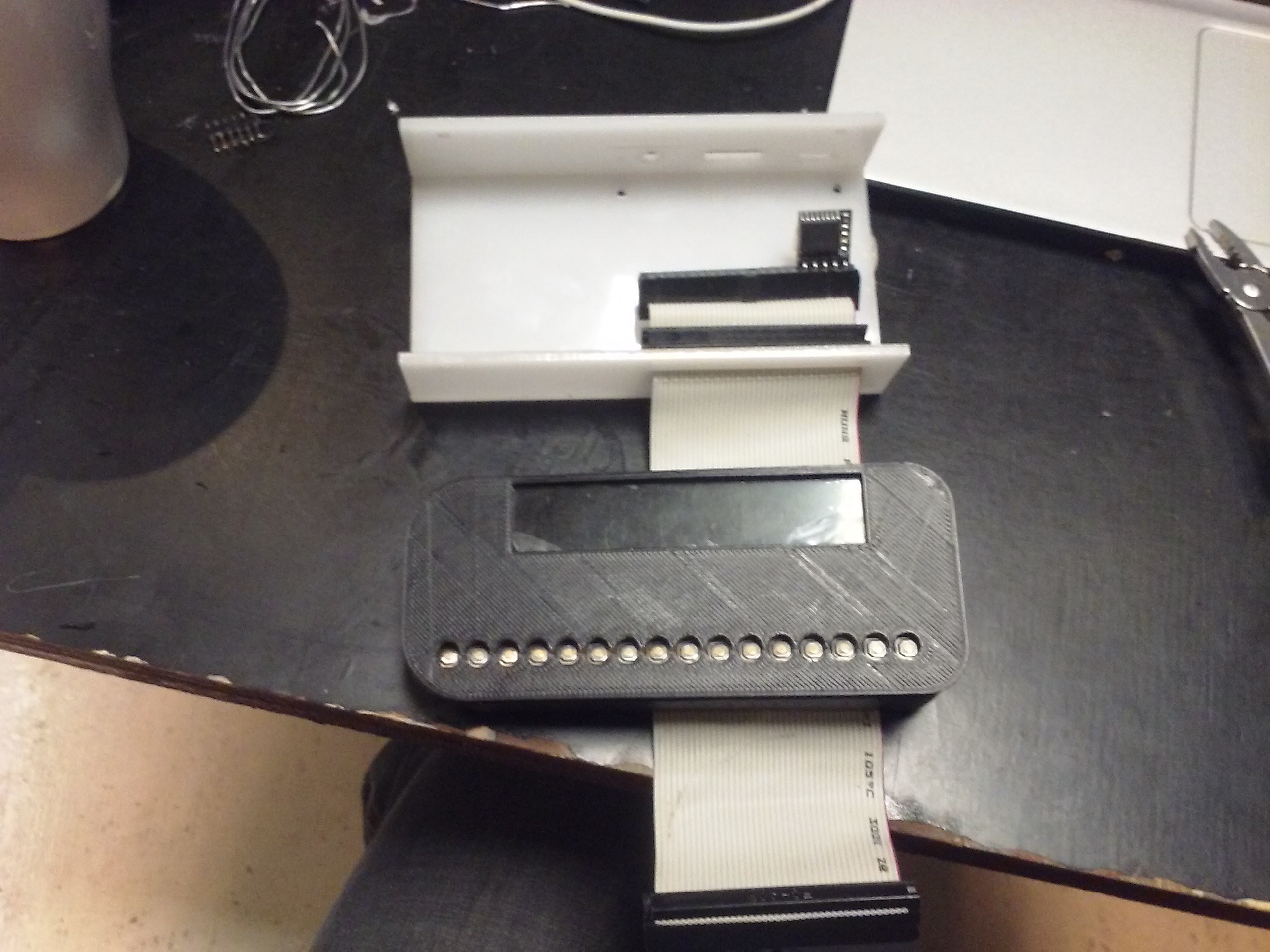
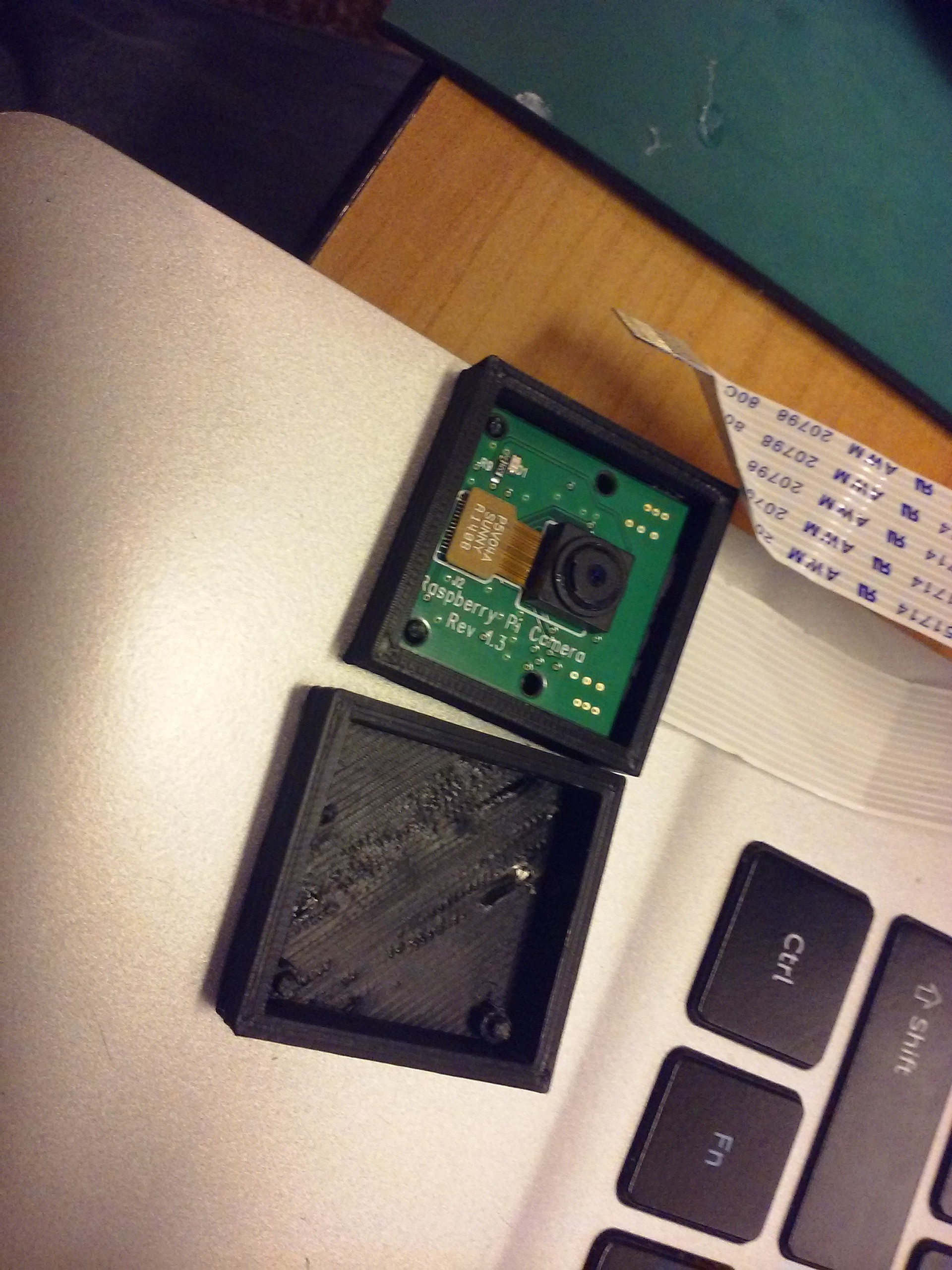
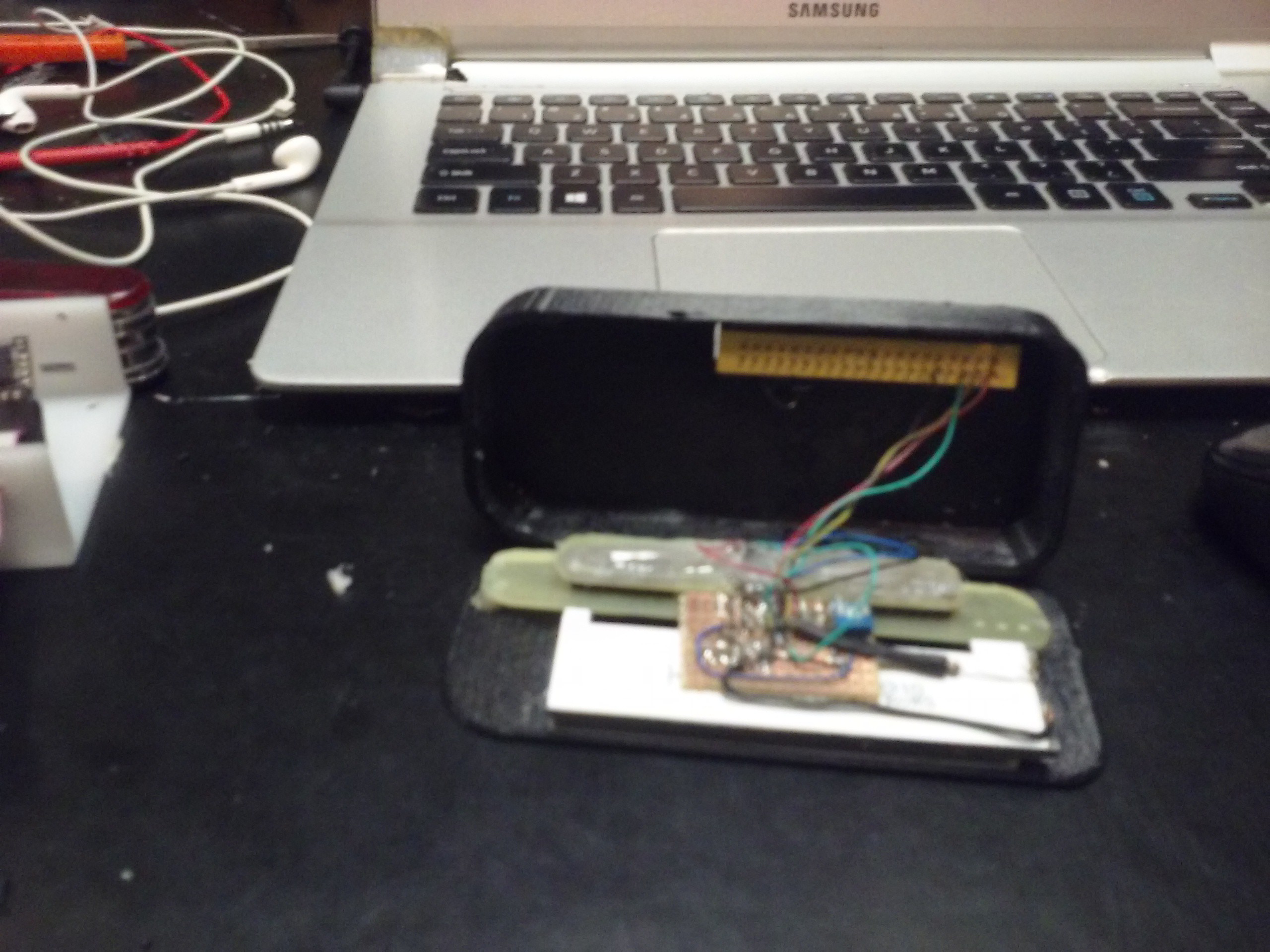
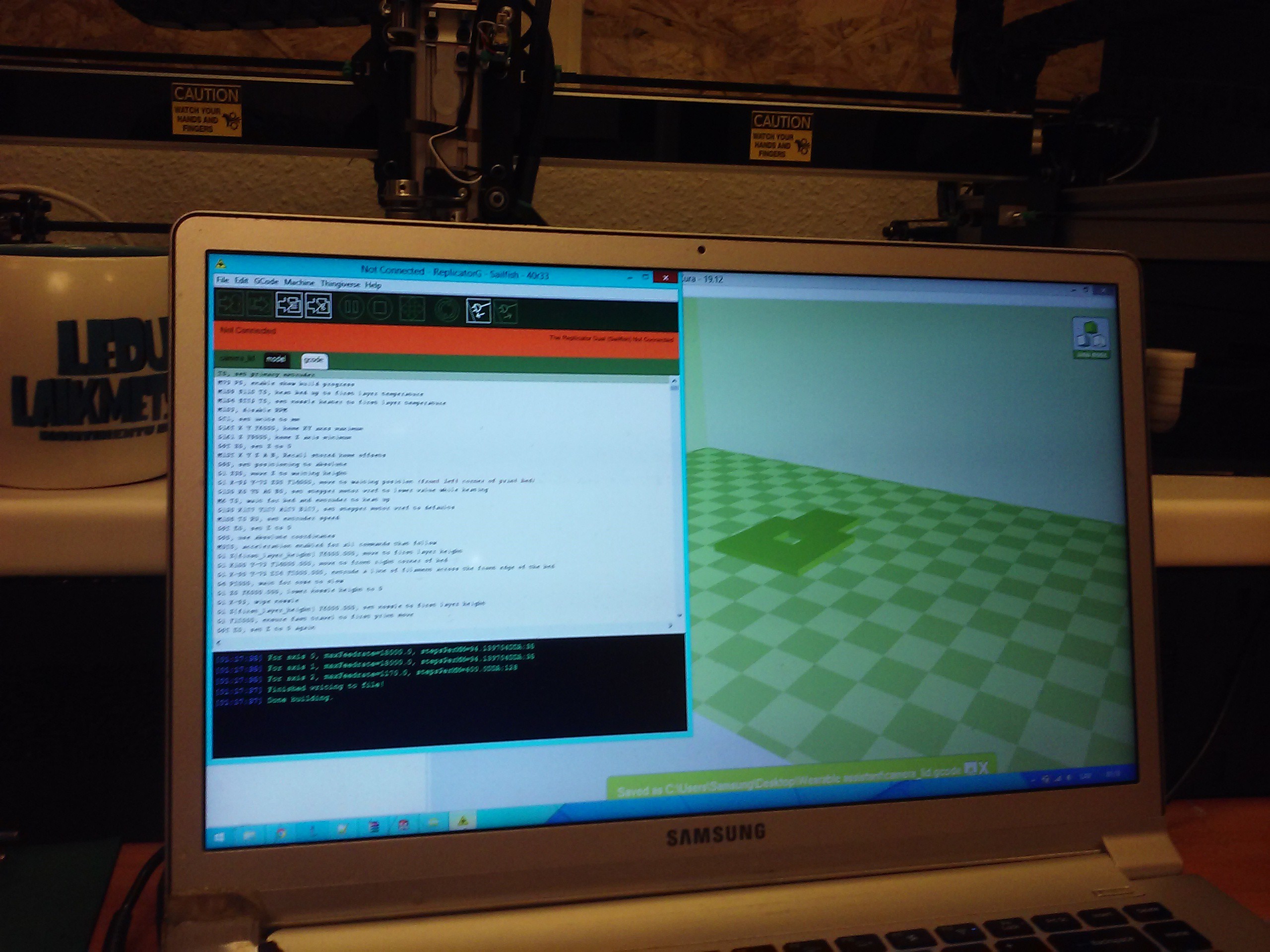
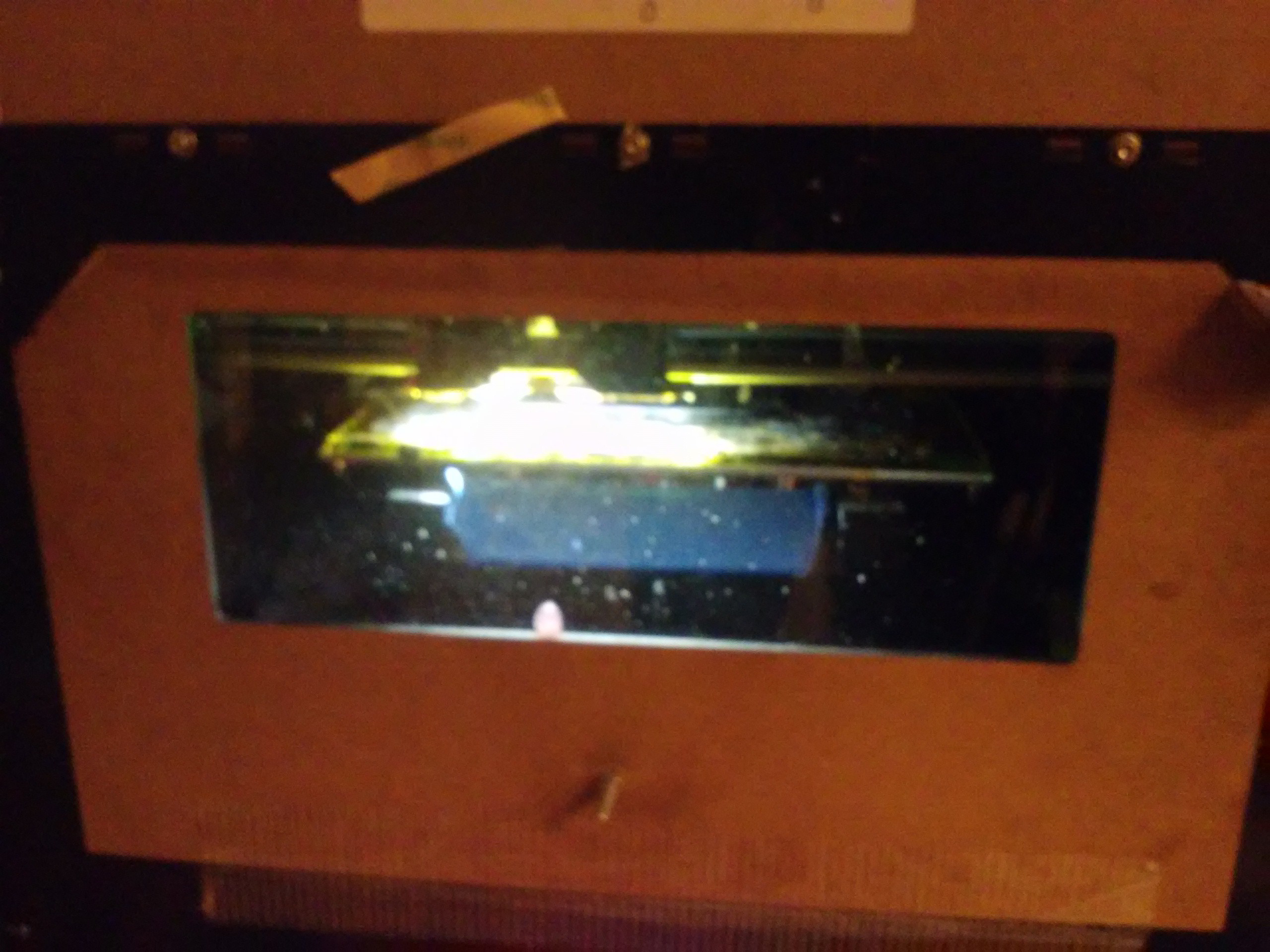
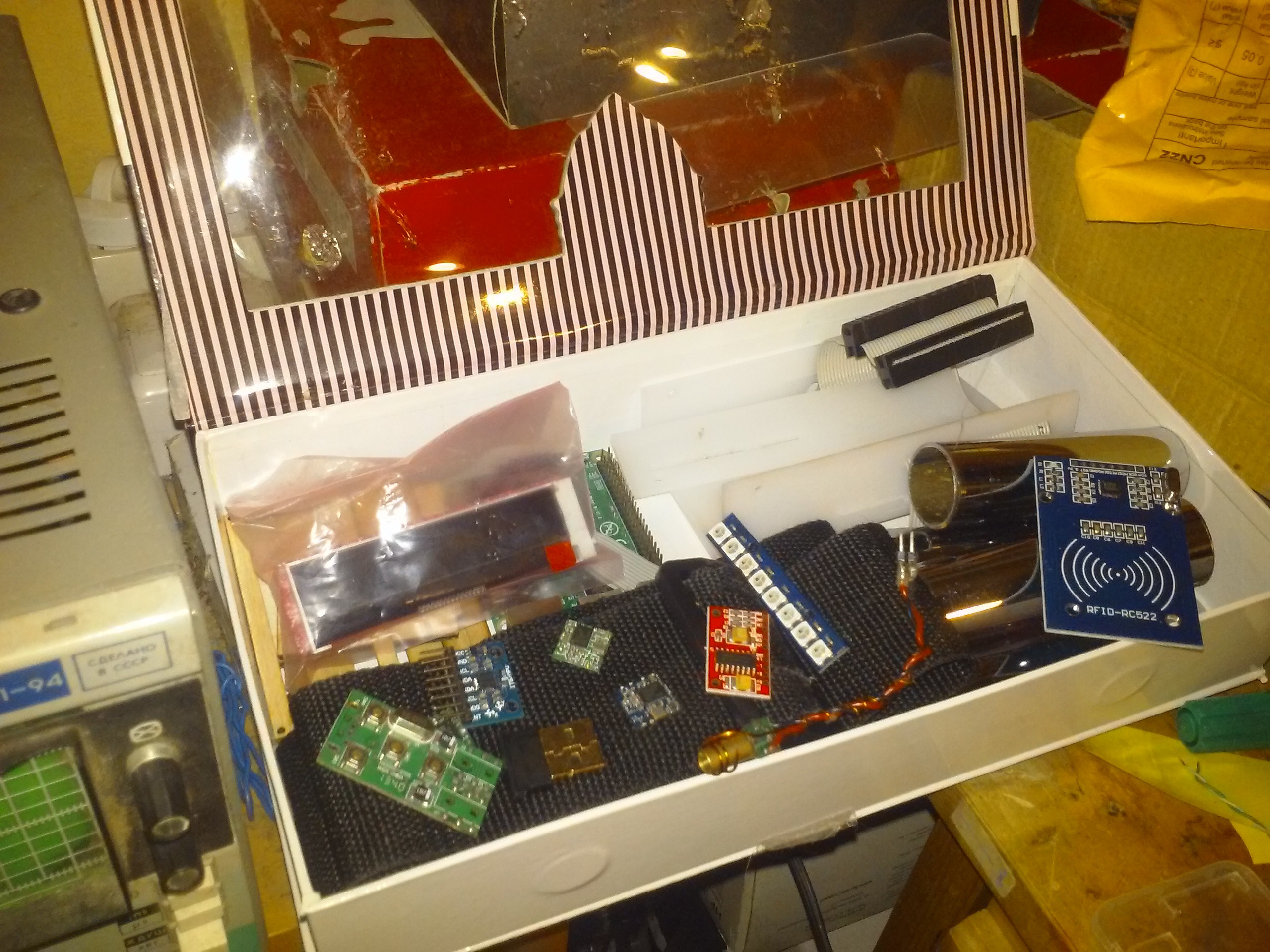
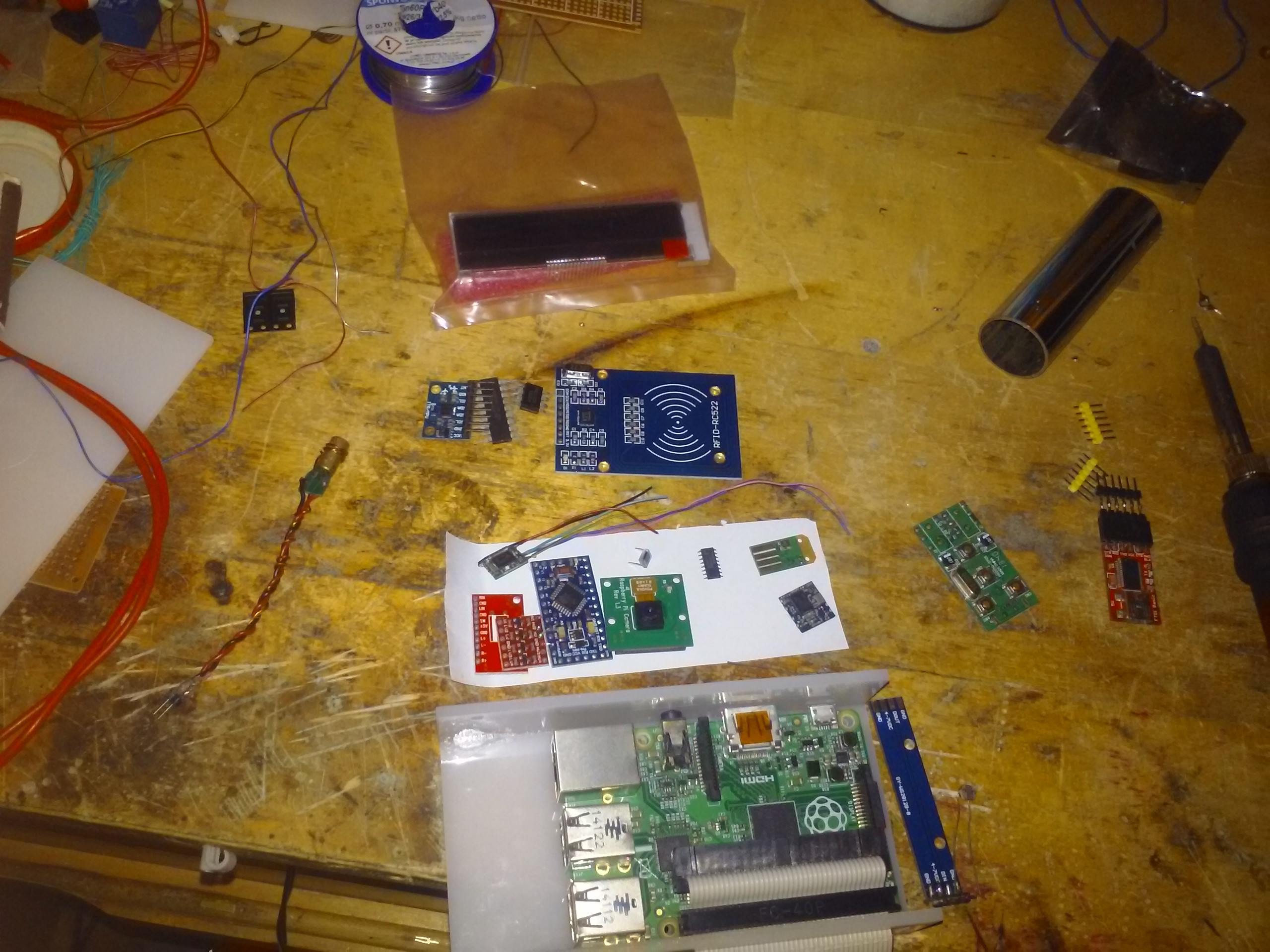
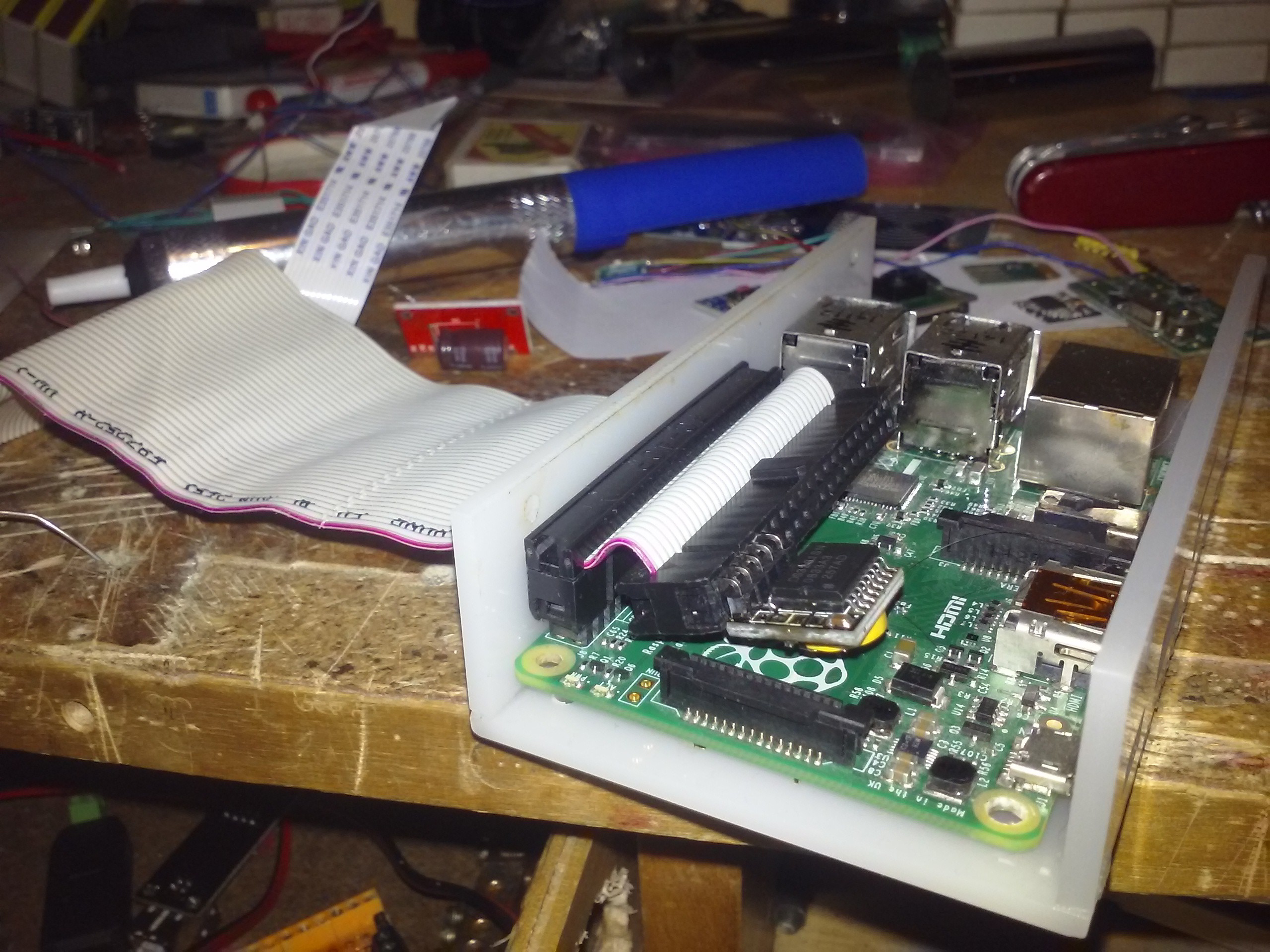
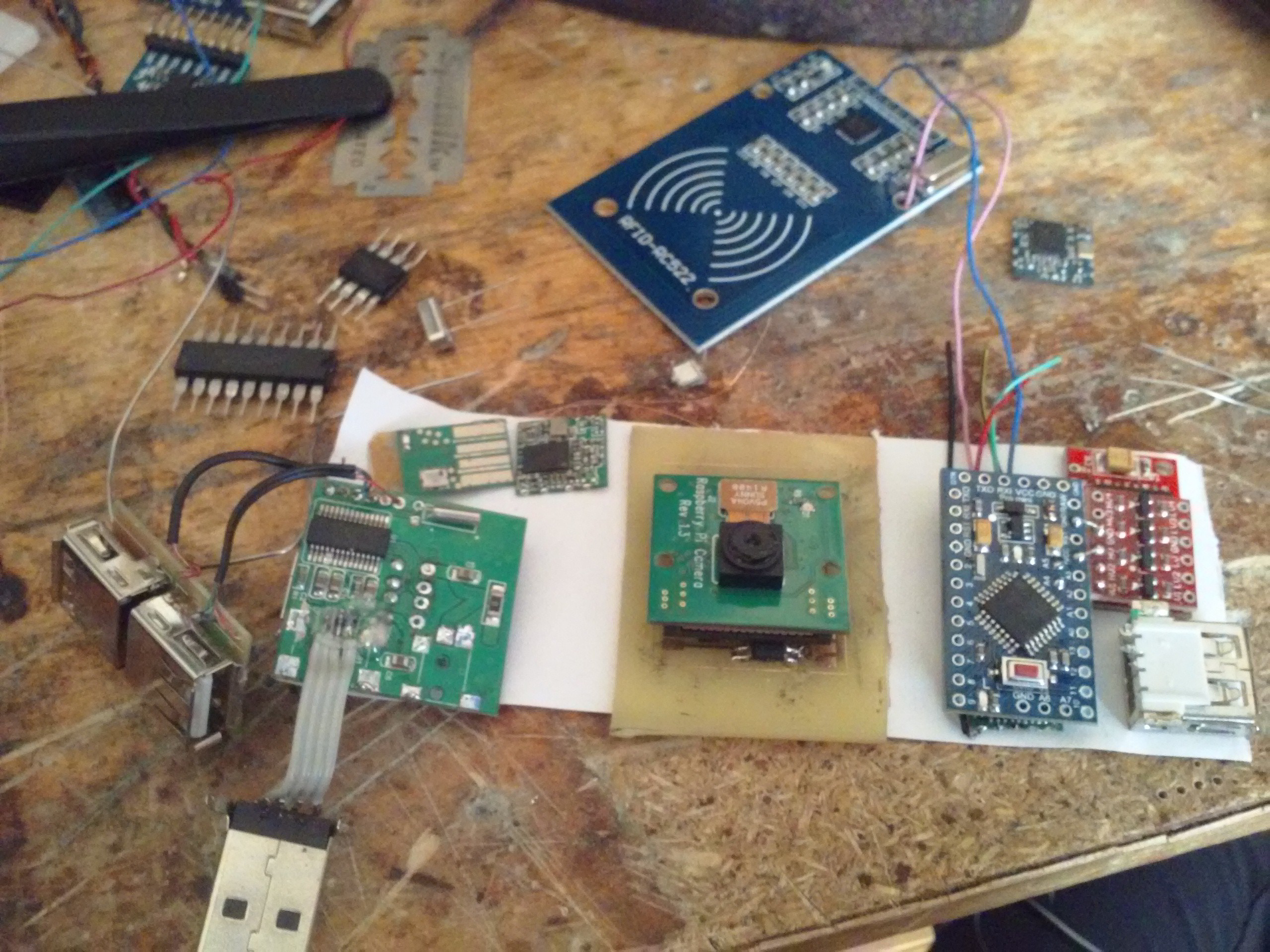

here is what i do to get a good amount of time with the pi, you might try using a portable cellphone battery charger